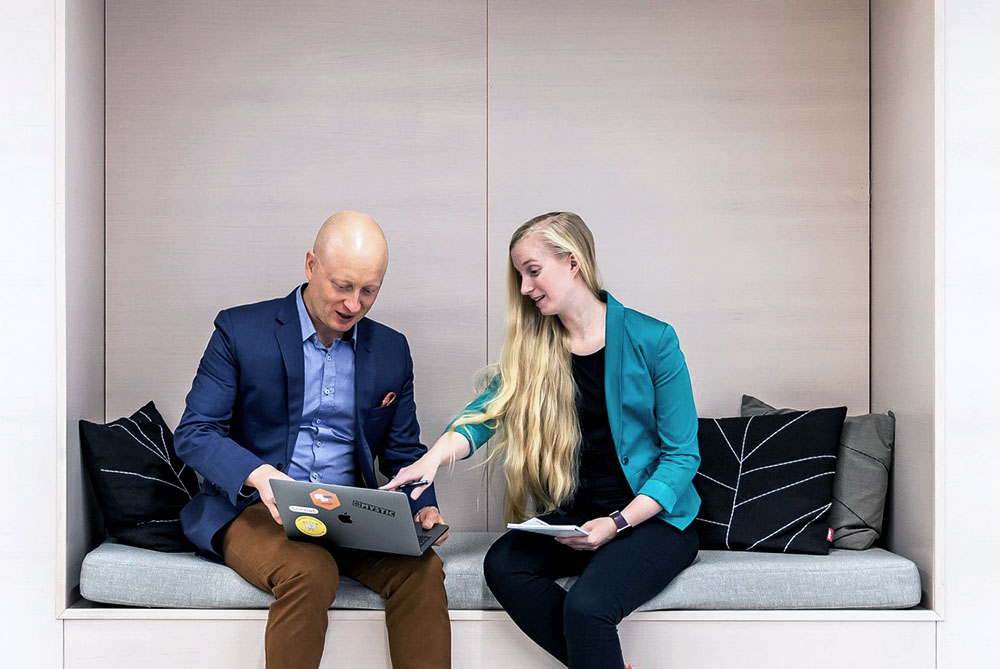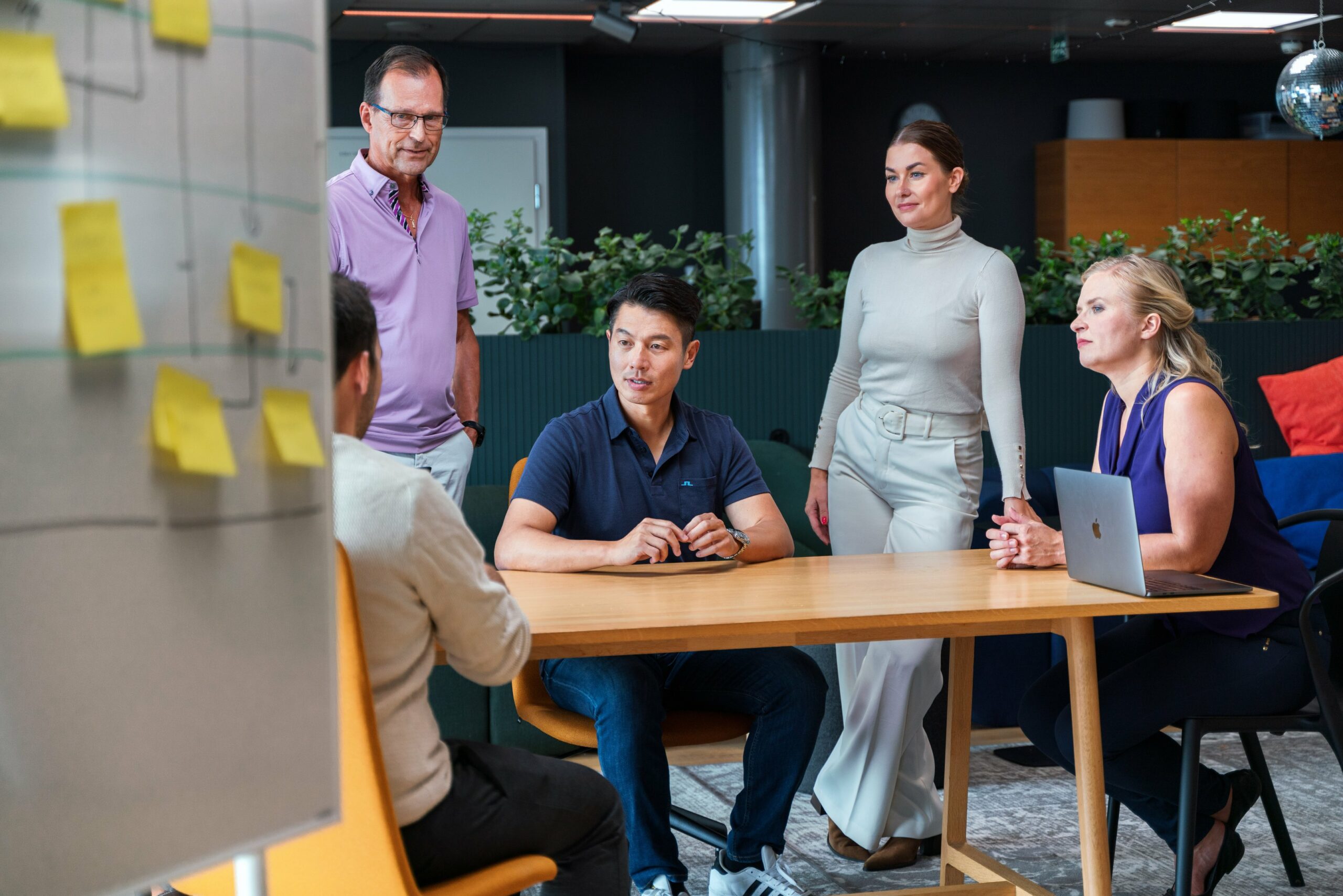Some ten years ago I took part in training about agile software production methods. There were about two dozen information technology professionals present and again I was the only woman – a situation I’ve become very accustomed to, working in a male-dominated field. Along the years, I’ve called my experience the Smurfette feeling.
You remember the Smurfs? They are the small, blue, apparently male creatures, all dressed in a white hat and trousers. They live in Smurf village and they all seem to lack a personal identity and personality. And then there’s Smurfette. Smurfette has long blond hair and a white dress, and she’s the only female Smurf.
Our trainer gave us a group assignment that required innovation. We were divided into four groups, and each group was given a number. Then the trainer wrote a number on a piece of paper and put it aside, saying that this was the group that would win.
Our group, the one with the only woman (me, Smurfette) was by far the fastest and most efficient. And in the end, we found out that the trainer was right about the winning team, explaining that having been training people around the world it had become clear that if a male-dominated group has a team with at least one woman, that’s the team that will almost always win. The trainer had understood a key lesson: diversity feeds creativity. Being a woman was not the magic word. Similarly, in a female-dominated group, a team with a man in it is probably going to be the most efficient. The winning team may be diverse also ethnically or in terms of the age distribution. The team that represents the most different viewpoints and approaches regarding the problem will be the most innovative and efficient.
Later I have noticed that international studies have confirmed this phenomenon over and over again. Diversity feeds creativity and increases productivity and the number of innovations. Different people find different angles and new approaches to problems. And it’s not just about diversity helping to find new angles, it also forces you to be better prepared, explain your own point of view better and in all ways take your team members better into account. What’s more, the experience of equality that is the requirement of genuine diversity makes people enjoy their work better and also feel safer. It also makes people more committed.
Hearing out all viewpoints is important not only in order to increase productivity and innovation, but also for the sake of being just and equal. In terms of social fairness, it is not insignificant which challenges we begin to solve, whose problems are considered such that mental capacity and resources are invested to solve them and what is the direction we should be taking our world.
The society of the future will be digital. It is based on solutions provided by information technology. This is why we, experts in digitalisation, have a large role to play and also shoulder much of the responsibility of what kind of society and services will be built. And it’s not insignificant who the people are that are involved in this building work.
In order for diversity to work, we not only offer everyone the same opportunities, but also take into account any special needs people may have. The needs of a young single person in a wheelchair are probably different from those of a sole parent with three children. A person recently moved to Finland for work probably needs different kind of attention than a Finnish, semi-retired person with lots of experience. Each individual will also bring their own, unique strengths into the equation. A good employer will spot these strengths and provide the best conditions for their development. And this palette also changes during each person’s life cycle, sometimes quite abruptly.
Neither must we be blind to the fact how our old structures and operating culture may feed the success of certain people at the expense of other groups. We are often so accustomed to these structures that we need a proper shake-up to step into the shoes of another person to realise that things could also be done differently.
I would also challenge Smurf village totalitarianism in which the blue Smurf with a white hat is the norm and anyone deviating from it is only seen as a representative of their own special group, as a person that doesn’t fit in with the rest. In reality, almost every individual represents, seen from a specific viewpoint, at least one minority, and more often several. So the blue and white uniformity of the Smurf village may actually be a mirage, hiding many different colours, personalities and individual opinions. Recognising them and expressing your viewpoint clearly and respectfully of others will open the door to enriching interaction.



